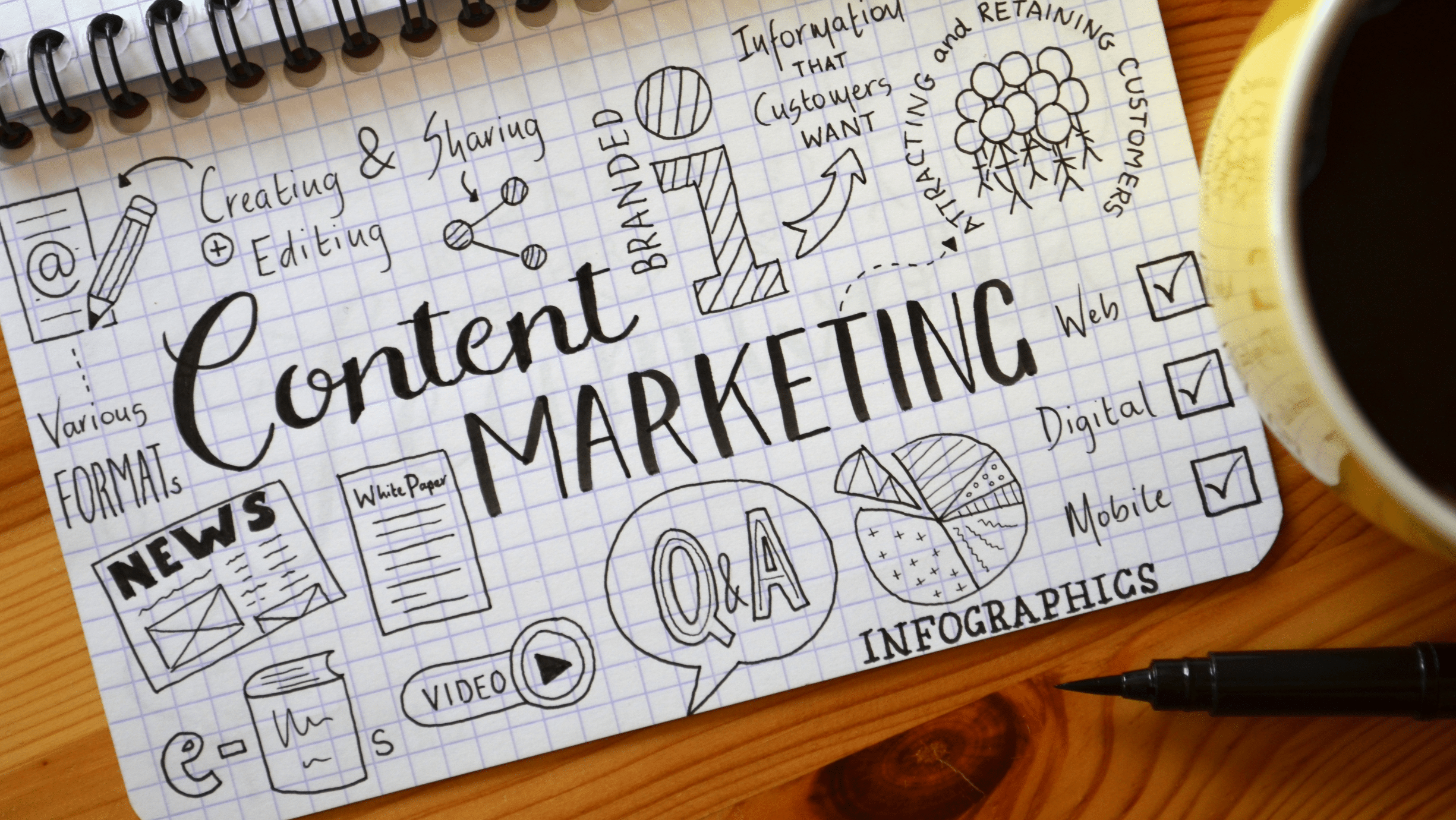The digital landscape is constantly evolving, and staying ahead of the curve is vital for small businesses looking to make an impact online. A well-designed website can be the difference between gaining a loyal customer and losing them to a competitor. With 2025 just around the corner, it’s time to explore the Top 10 Web Design Trends that will redefine user experiences and set businesses up for success.
Whether you’re a small business owner, web designer, or marketing professional, these trends are your go-to guide for what to watch (and implement) in 2025.
1. Responsive and Mobile-First Design
With mobile devices accounting for a significant portion of online traffic, designing with mobile users in mind is non-negotiable. Websites need to adapt seamlessly to a variety of screen sizes without compromising functionality or design. A mobile-first approach ensures that your content is accessible, fast, and visually appealing for users on the go.
Pro Tip: Optimize loading speeds and test your website across multiple devices to ensure a smooth user experience.
2. Voice User Interface (VUI)
The rise of voice search and smart devices like Alexa and Google Assistant has made voice-activated interfaces more critical than ever. Visitors want to interact with websites using simple voice commands, making it important to design interfaces that support this.
Implement VUI features to improve accessibility and meet the increasing demand for hands-free browsing experiences.
3. Dark Mode Design
Dark mode remains a favorite among users, not just for its sleek visuals but also for its functional benefits, including reduced eye strain and better battery life on devices. Small businesses can provide this option to appeal to a modern audience looking for customizable user experiences.
Pro Tip: Make sure your dark mode design enhances readability by prioritizing contrast and legible typography.
4. 3D Elements and Illustrations
Static images are no longer enough to grab attention. By integrating 3D elements and illustrations, you can create depth and elevate user engagement. From product showcases to interactive graphics, these features allow small businesses to add a wow factor while telling a visual story.
This trend is especially effective for eCommerce sites, where immersive visuals can boost conversion rates.
5. Sustainability in Design
Consumers are more environmentally conscious than ever, and your website design can reflect these values. Sustainable web design focuses on reducing digital footprints through optimized images, clean code, and faster-loading pages.
Additionally, businesses showcasing eco-friendly messaging and values can foster deeper connections with like-minded audiences.
6. Minimalist Design with Maximalist Features
2025 is bringing a fresh take to minimalism. Instead of simple, stripped-down sites, we’ll see minimalist design enhanced by maximalist features, such as bold animations, vibrant color pops, and interactive elements.
This mix allows for clean layouts without sacrificing creativity or visual interest—perfect for small businesses aiming for sophistication with a high-tech twist.
Pro Tip: Keep the layout simple but experiment with rich UX elements like hover effects and dynamic transitions.
7. Data-Driven Design
Gone are the days of guessing what users want. Data-driven design leverages user behavior insights, heatmaps, and A/B testing to create more effective and personalized website experiences. Small businesses can use tools like Google Analytics and Hotjar to understand their audience and continuously optimize their websites based on real data.
The result? A website that not only looks great but performs even better.
8. Storytelling and Personalization
Every business has a story, and your website is the perfect place to tell it. Story-driven designs with personalized elements, such as unique call-to-actions or recommendations, create deeper connections with users.
For example, a local coffee shop could highlight its origins through custom animations and feature user-specific promotions based on customer preferences.
Pro Tip: Use interactive features like scrolling animations or timeline layouts to make your story come to life.
9. Accessibility-First Design
Inclusivity will take center stage in 2025, with accessibility-first design becoming a benchmark for digital excellence. Websites should cater to users with visual, auditory, and physical impairments by integrating features like screen reader compatibility, alt text for images, and keyboard navigation.
Not only is this a socially responsible practice, but it’s also a way to reach a broader audience and comply with digital accessibility laws.
Pro Tip: Test your website with tools like WAVE or Lighthouse to ensure compliance with accessibility guidelines.
10. AI Integration in Design
Artificial Intelligence (AI) is no longer an emerging technology—it’s a mainstream tool for creating smarter, more intuitive websites. From AI-powered chatbots offering real-time assistance to personalized content recommendations, integrating AI enhances user experience while saving businesses time and resources.
AI can also power predictive analytics, helping businesses tailor their offerings and stay ahead of customer demands.
Pro Tip: Start small—integrate simple AI features like chatbots or recommendation engines before scaling up with more advanced tools.
Final Thoughts
Staying on top of web design trends in 2025 is essential for small businesses looking to stand out in competitive digital spaces. Each of these trends—whether it’s mobile-first design, AI integration, or accessibility-first features—offers an opportunity to enhance the user experience and align with customer expectations.
Designing with your audience in mind and leveraging these trends can set your business apart, driving engagement and conversions like never before.
We Want To Talk To You About Your Marketing Goals.
Let’s Supercharge Your Online Growth!












